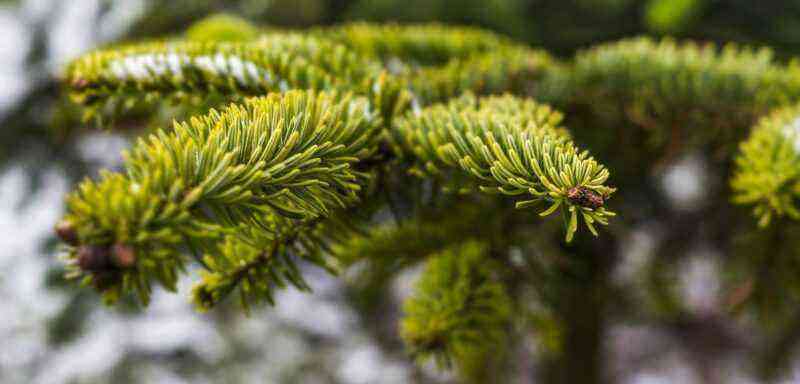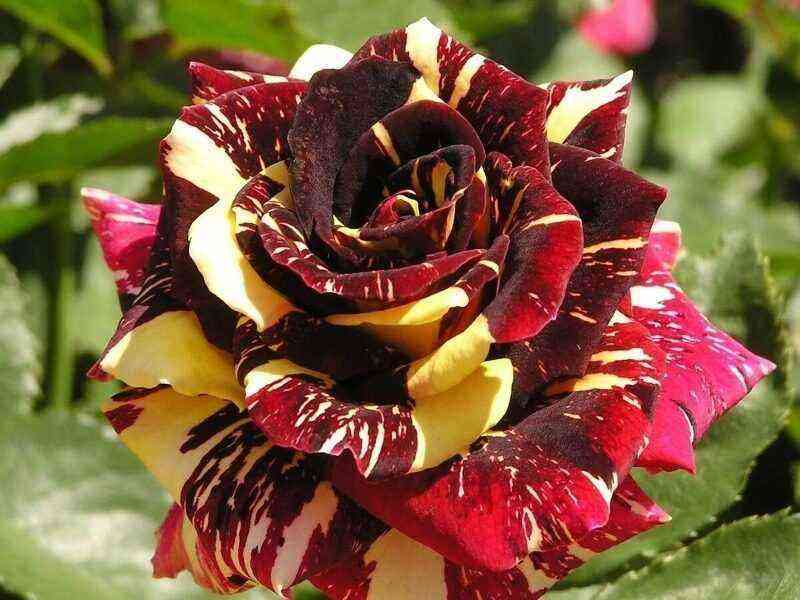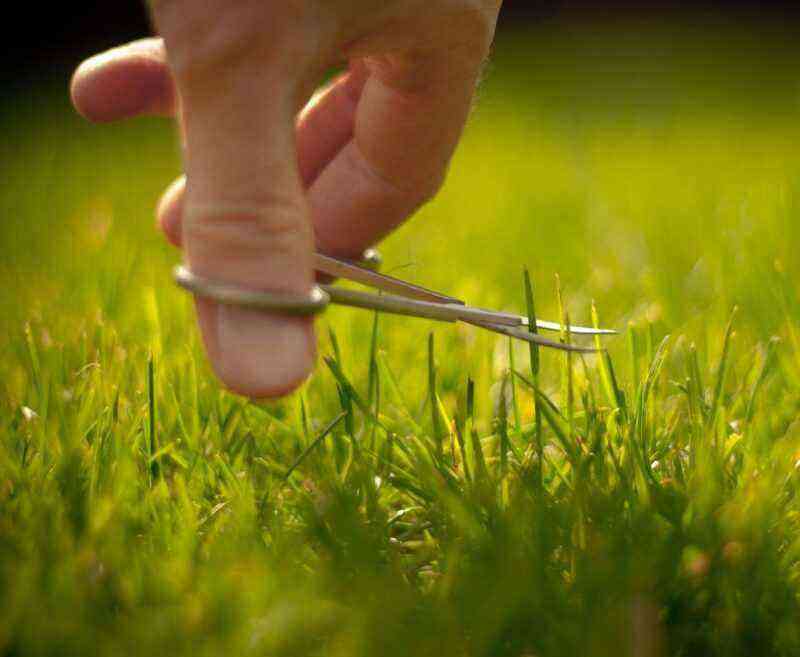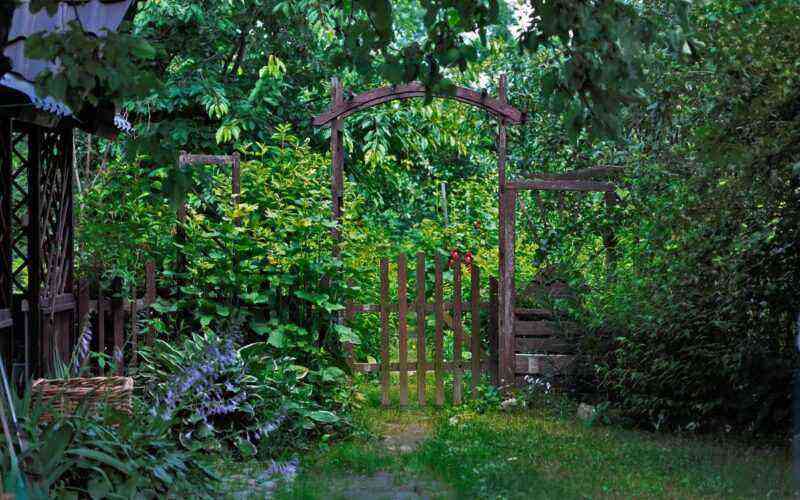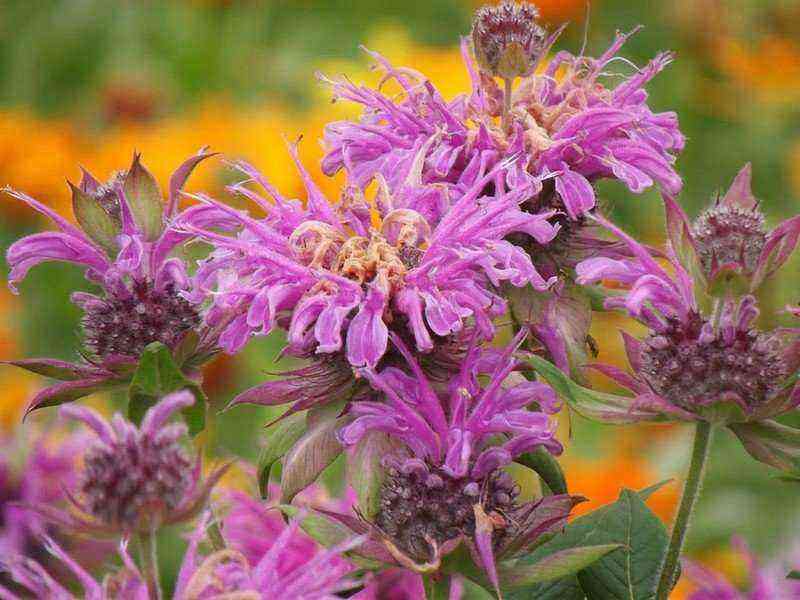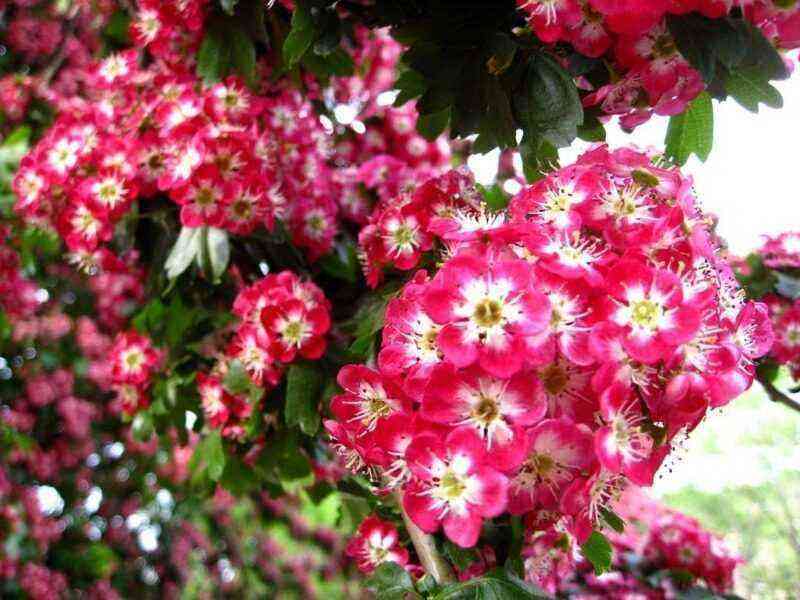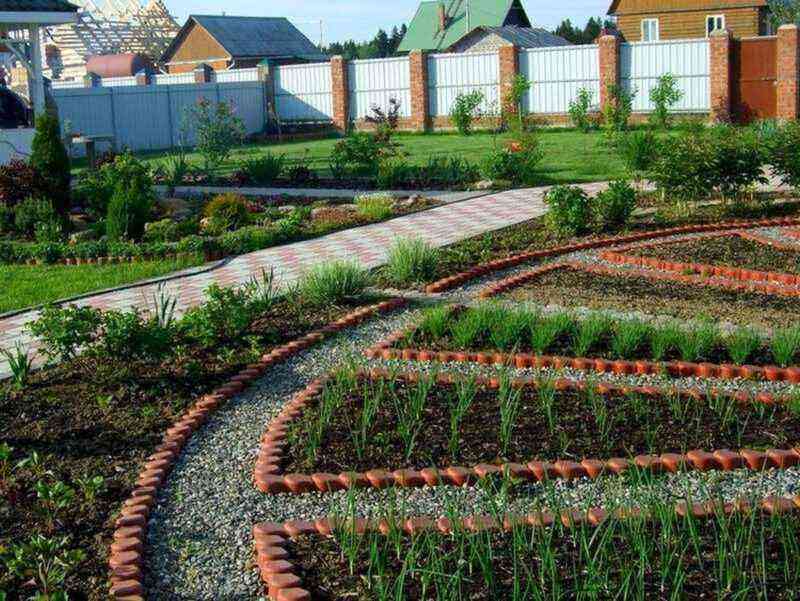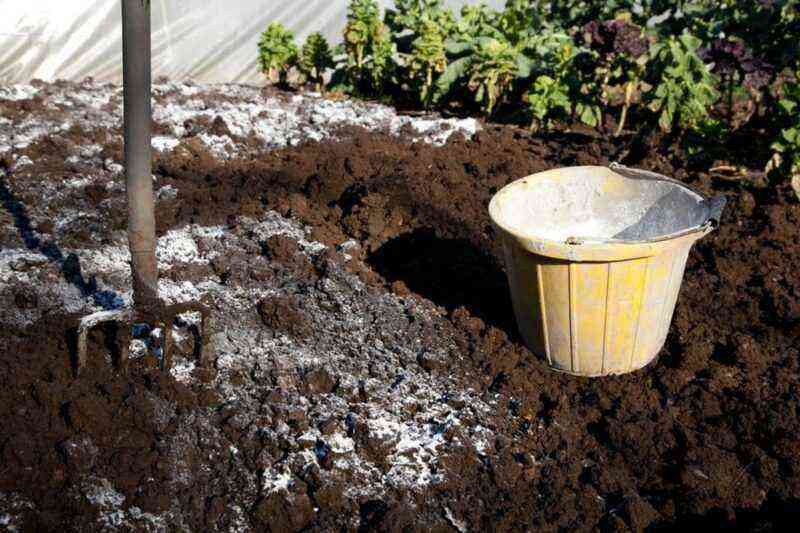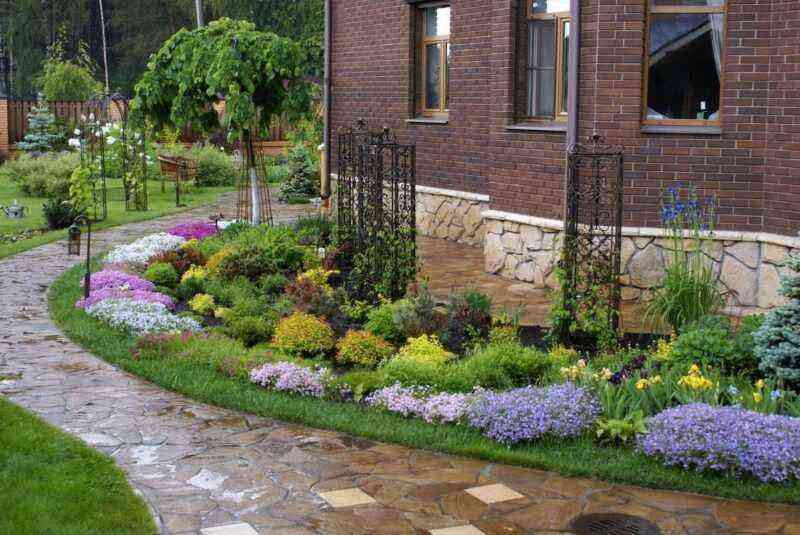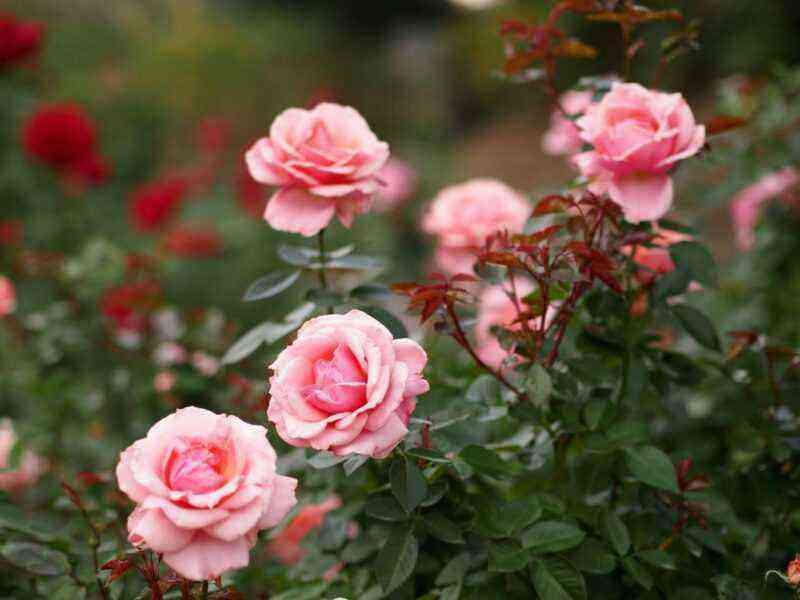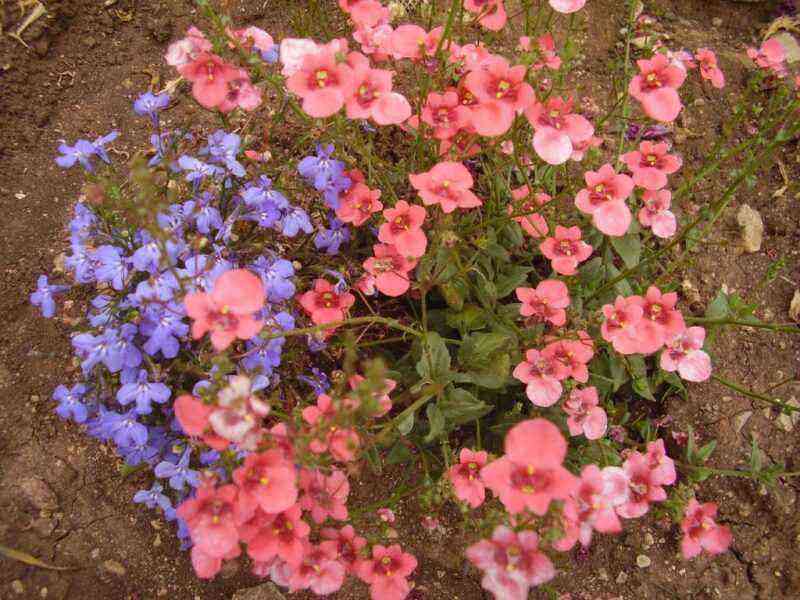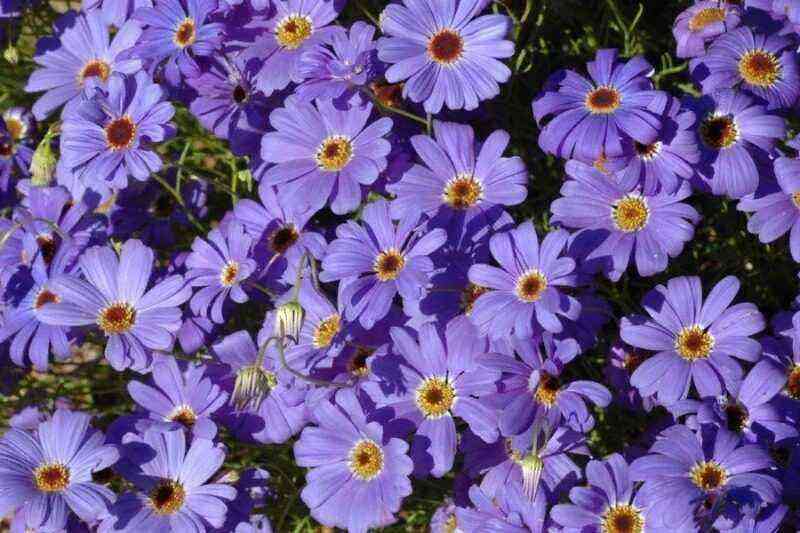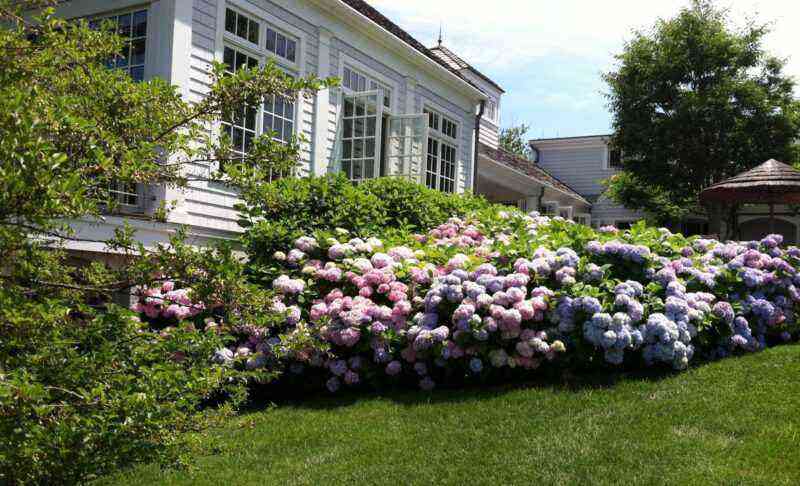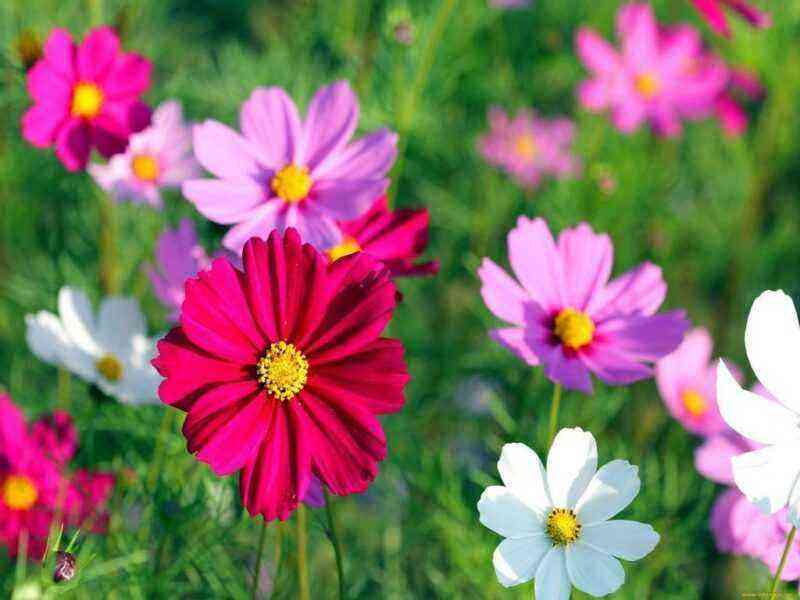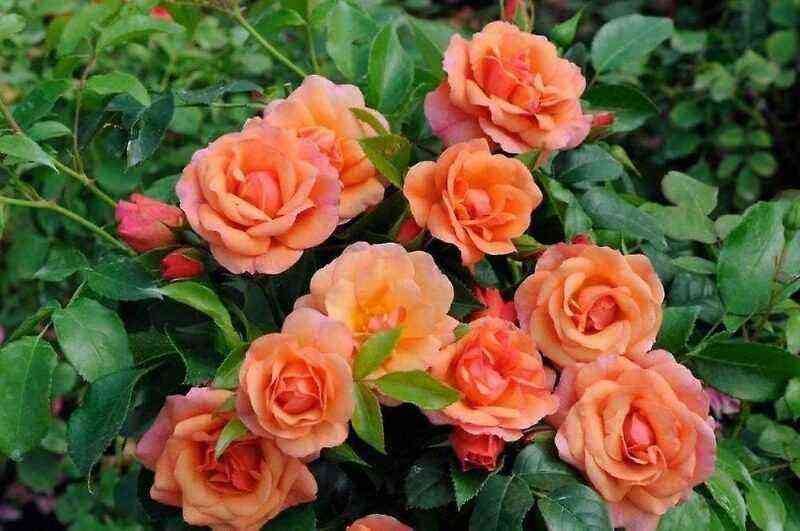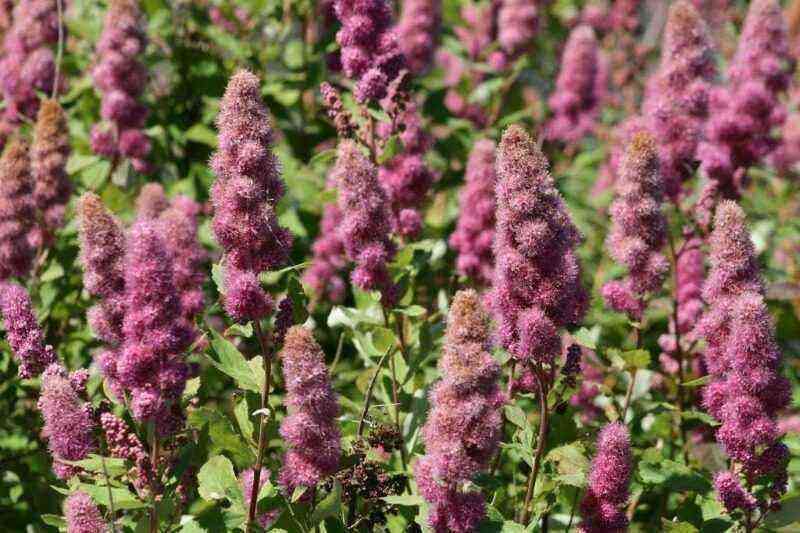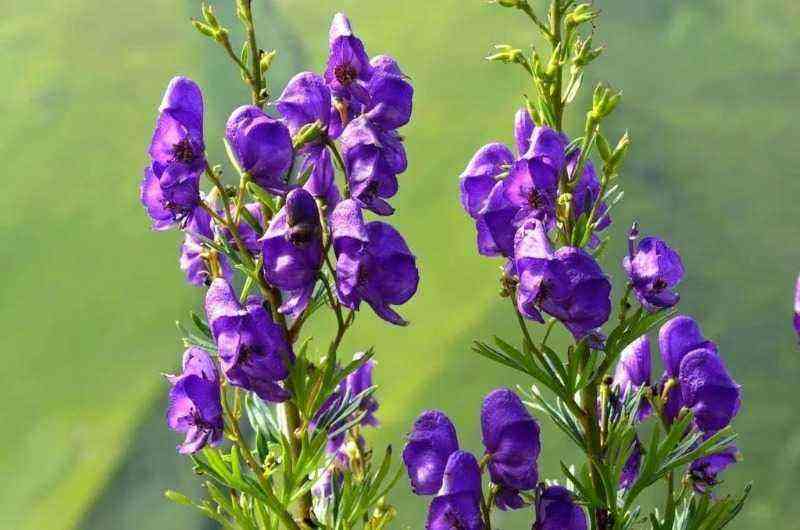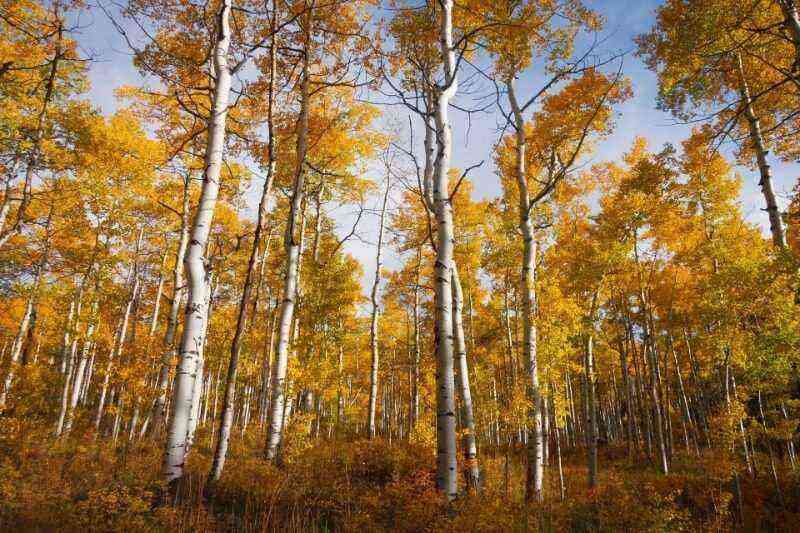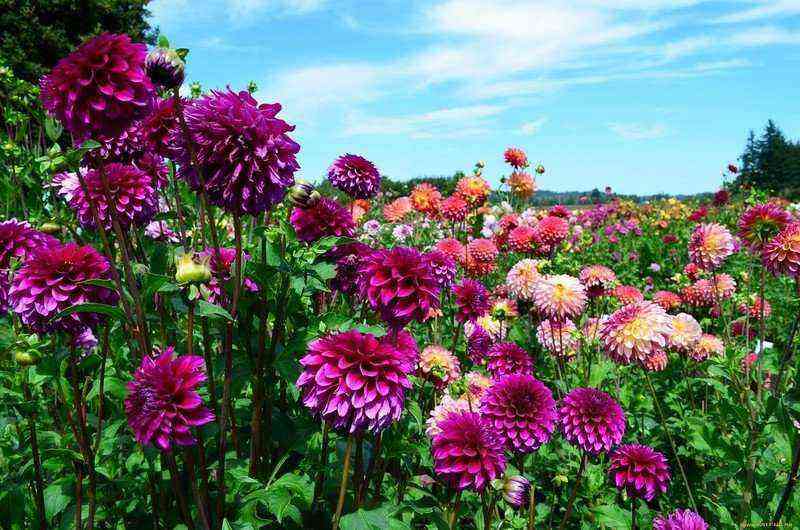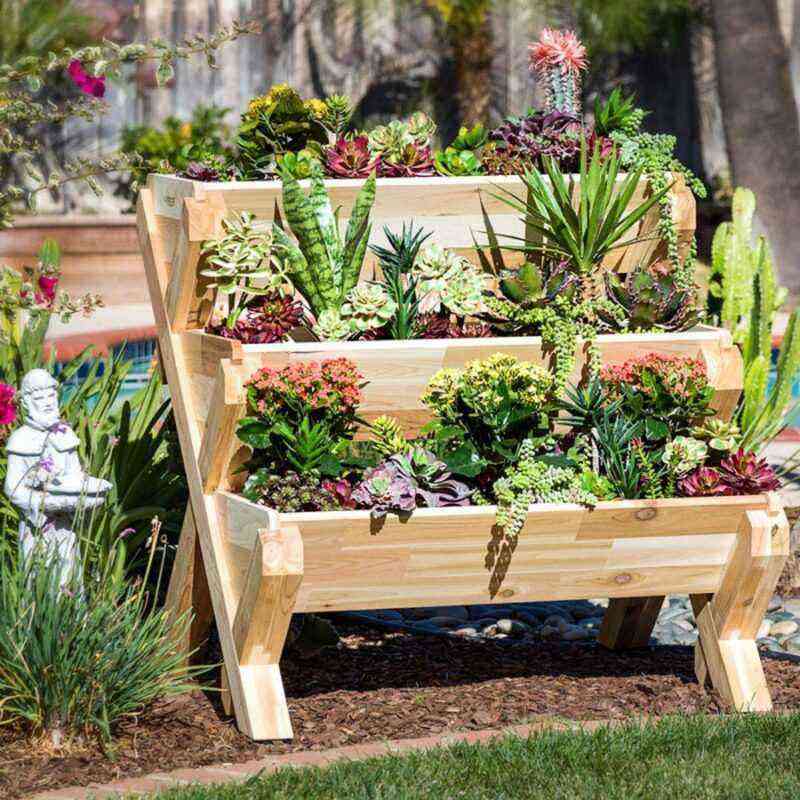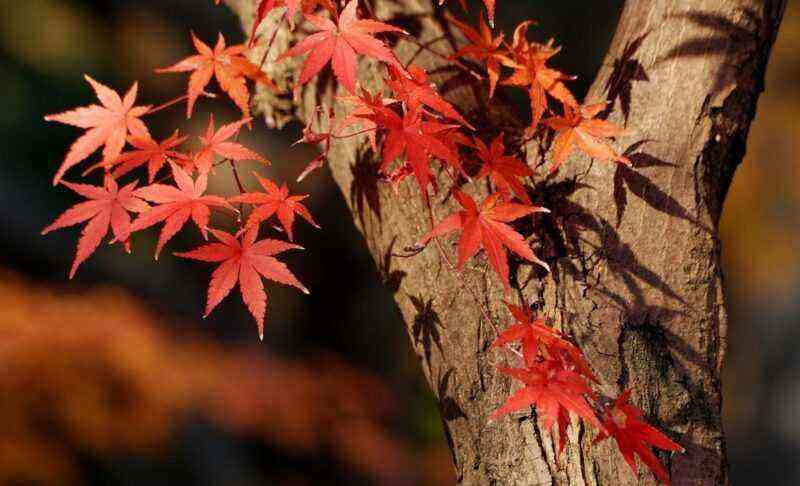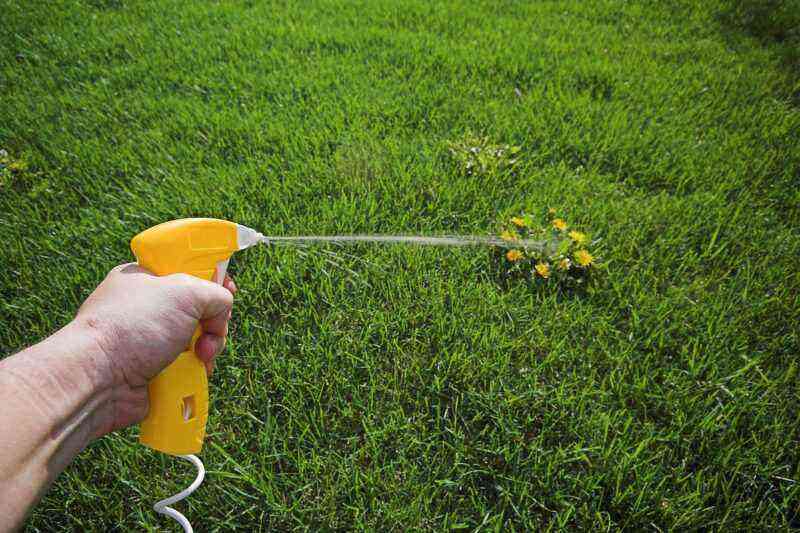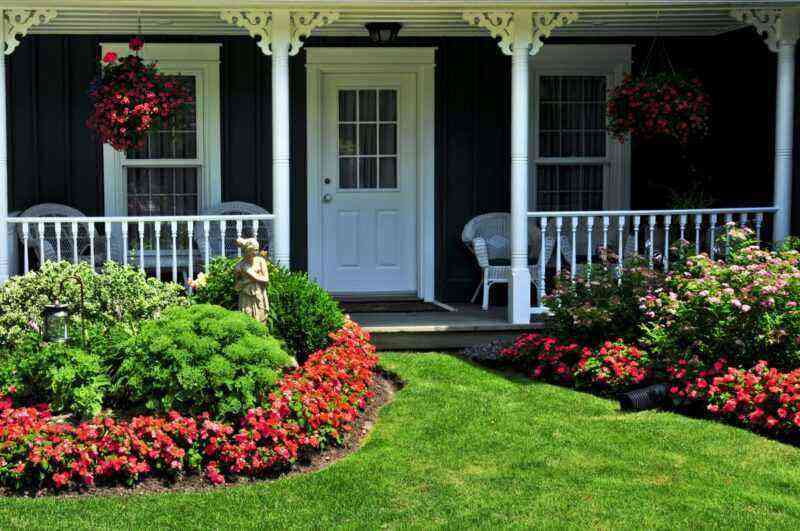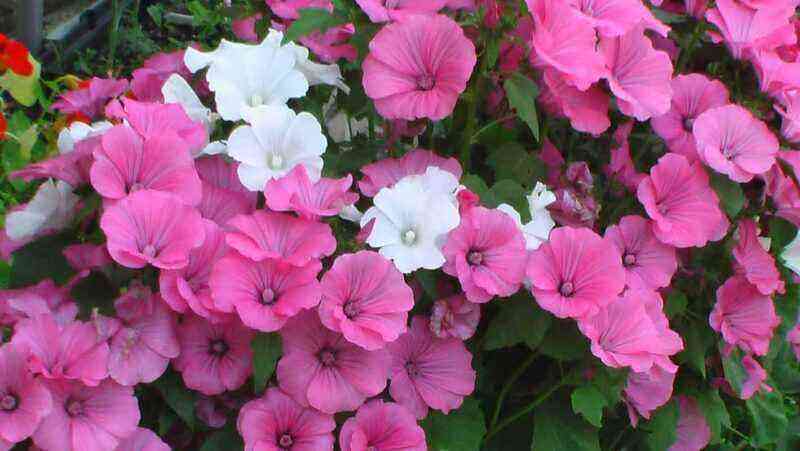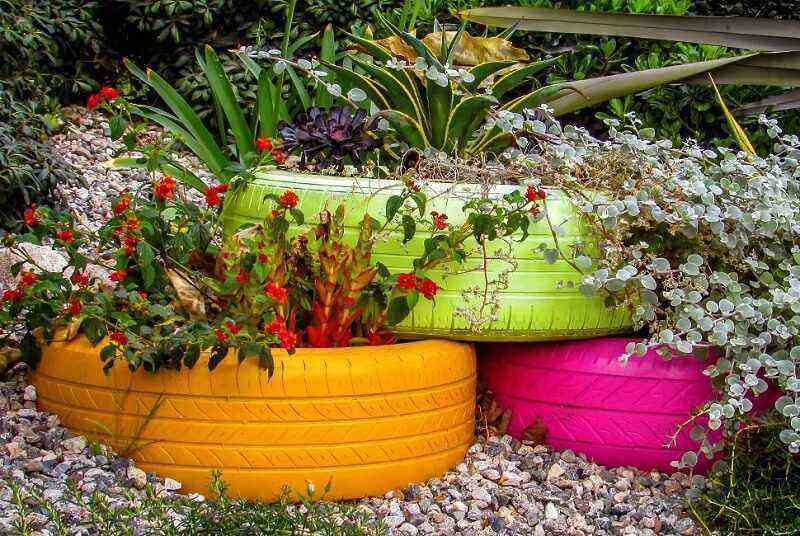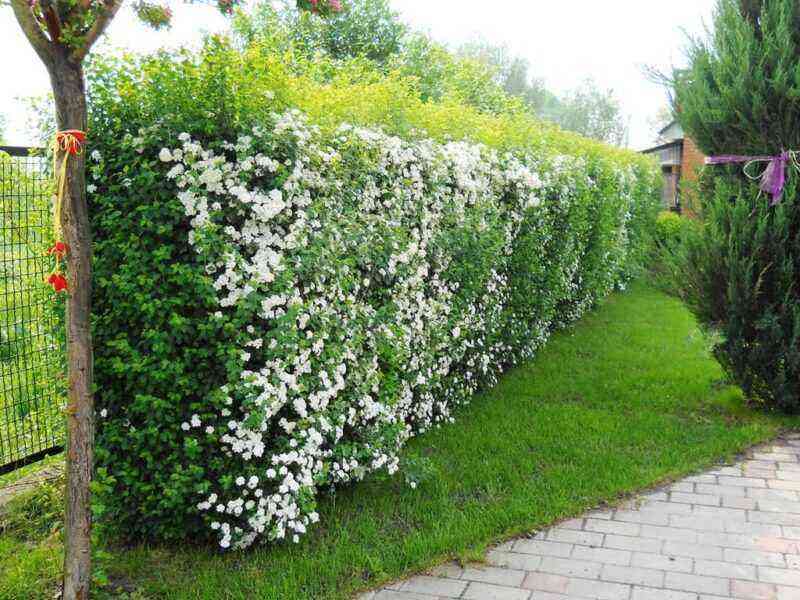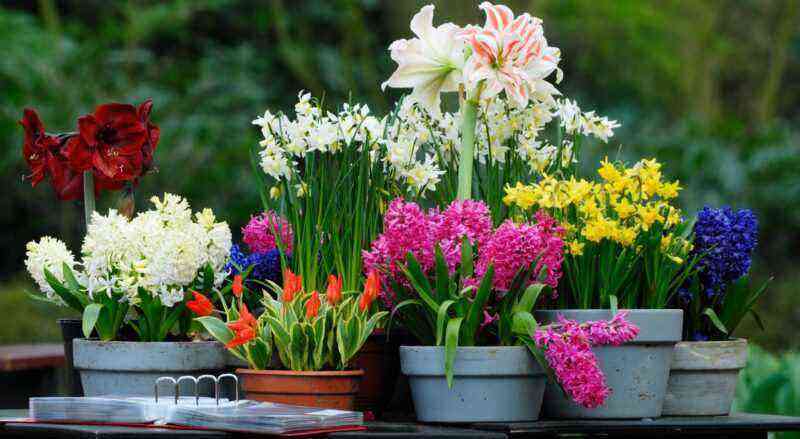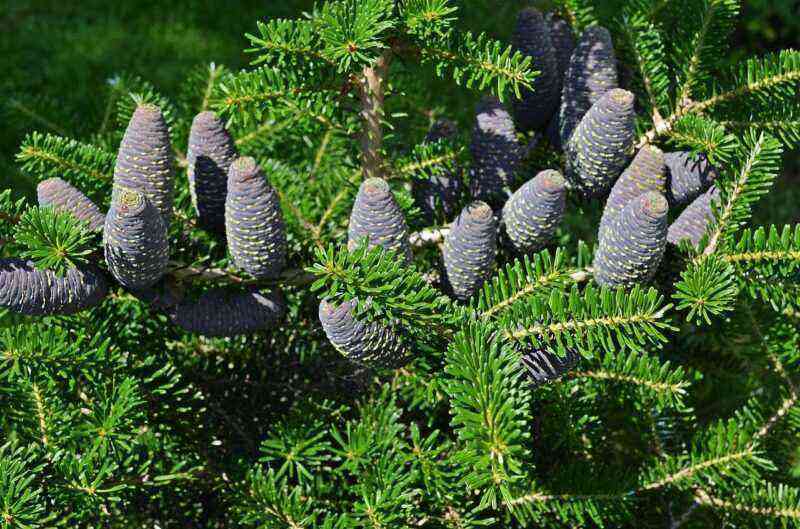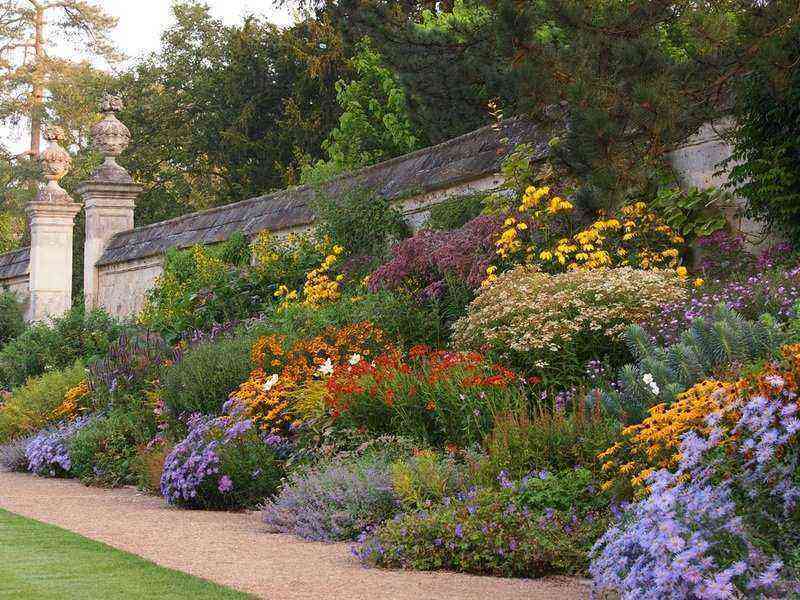There are many beautifully flowering shrubs. If you ask people living in different places which plant they would be most attractive by name, black mane, kashkara, draposhtan, shkeri and wild rosemary will surely fall into the top ten. And under all these names there is a well-known and beloved rhododendron. In spring, blooming rhododendrons amaze with their decorative qualities. The basis of the genus of these ancient plants is made up of over 1000 species, from which about 12 thousand varieties have been obtained. So different, deciduous and evergreen, they invariably occupy the most honorable places in our gardens and summer cottages.
Rhododendrons belong to the Heather family. Depending on the variety, these shrubs varying in height can shed their leaves or remain evergreen.
Low-growing varieties are most often used to decorate rocky gardens, greenhouses and rock gardens. Usually these plants form blooming islands on lawns: they are planted both singly and in groups. Rhododendrons look good in mixborders too.
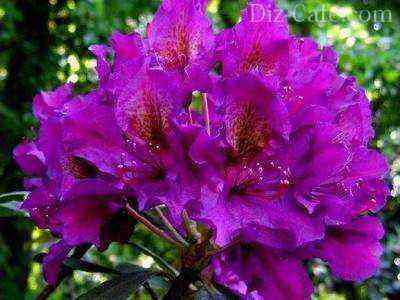
It is not surprising that most of the species of this plant are honey plants. But the honey obtained from them cannot be eaten – it is toxic
Depending on the type of plant, its shoots can be pubescent or bare. Leaves differ not only in size, but also in shape. They can be sessile or attached to branches with petioles. Most often they are ovoid, can be leathery or pubescent.
All the beauty of this shrub is concentrated in its flowers. They are not only bright, but also fragrant, have a large irregular corolla and form inflorescences in the form of a shield or umbrella. Sometimes the flowers are single, but invariably catchy and very beautiful. The variety of their colors is striking: from snow-white to violet-purple. Rhododendrons delight with red, yellow, purple and pink flowers.
Mountain Datura are those rhododendrons that grow high in the mountains. They are not very common in our gardens. To successfully grow and bloom, they must go through a difficult period of acclimatization. At the same time, dwarf varieties, which reach only a meter in height, can be grown in rock gardens.
Most often, Kamchatka, racemose, reddish, equidistant, Canadian, dense, coarse-haired and rusty rhododendrons are used for these purposes. If the size of the rock garden allows, then relatively tall plants can also be placed in them, which will surprise with a variety of but invariably attractive flowers. These are the yellow and Japanese species, as well as the Ledebour and Schlippenbach rhododendrons.
Deciduous Kamchatka shrub (Rh.camtschaticum)
The Kamchatka rhododendron reaches only 35 cm in height. It is found in the Kuriles, Kamchatka and Sakhalin, in Siberia. The plant has rounded thin leaves up to 5 cm in length. It blooms in June with large, 4 cm in diameter, blood-red or purple-pink flowers. They grow singly or in loose clusters of 2-5 flowers. They are located on long pedicels covered with bristles and hairs.
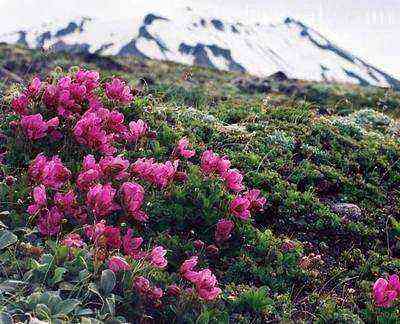
The Kamchatka rhododendron is especially beautiful during the flowering period: it is a real decoration of the rock garden and garden. Cultivated since 1800
This plant tolerates frost well. Shaded rocky areas with fresh and loose humus are usual for him. Kamchatka rhododendron is often used for group plantings and for creating borders.
Beautiful Siberian wild rosemary (Rh. Ledebourii Pojark)
The locals call the Siberian wild rosemary or maralnik the Ledebour rhododendron. In nature, it is found in the Sayan Mountains or Altai. This semi-evergreen shrub, cultivated, grows 1-1,80 meters in height.
This plant blooms very early, so its branches are often used for winter forcing. Its rather large flowers smell of resin and are lilac-pink in color.
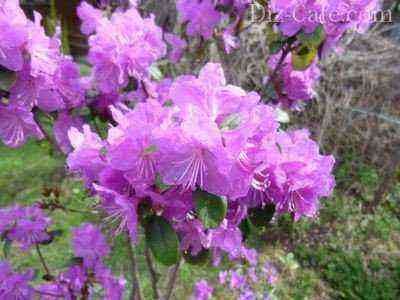
Ledebour’s rhododendron is called semi-evergreen because this plant retains most of its leaves for the winter. However, if the winter is dry and cold, the number of falling leaves may increase.
The shrub grows in shady places that are not blown by winds, but are characterized by high humidity. Siberian wild rosemary often forms real thickets on rocky river banks and in the mountains. He prefers the neighborhood with cedar-deciduous and deciduous forests.
Fragrant Pontic Azalea (Rh. Luteum, or Azalea roptica)
Pontic azalea, Turkish bagon and yellow stupor are all names for the same yellow rhododendron. This is a large plant, the height of which is two or more meters.

For the winter, the leaves of the Pontic azalea (yellow rhododendron) fall off, and when they begin to bloom again in May, the amazingly beautiful flowering of this plant occurs
Azalea Pontic will delight you with large orange or yellow flowers, reaching 5 cm in diameter. They make up umbrella-like inflorescences. Each umbrella can have 7 or even 12 flowers. For a whole month, the bush is covered with flowers, they will begin to fall only in June. It grows in the mountainous areas of the Caucasus and is sometimes found in Western Europe.
Caucasian rhododendron (Rh. Caucasicum)
In cultivated form, this shrub began to grow only in 1803. It is an evergreen plant with leathery leaves that are pointed at the ends. The Caucasian rhododendron grows up to 1,5 meters in height. In the wild, it grows close to snow fields in the subalpine belt in the Caucasus.
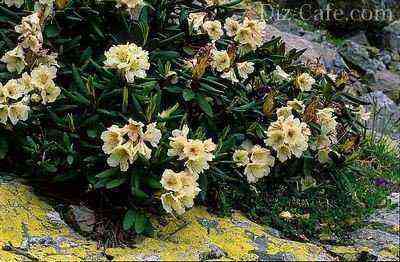
Caucasian rhododendron looks good in the form of borders, it is used in medicine. This plant is planted throughout the European part of Russia up to St. Petersburg
Its flowers are about 4 cm in diameter, in shape they are similar to bells or to shallow funnels. They are usually white or creamy and may have slightly greenish spots on their inner surface. However, there are a pale pink variety and even forms with pink flowers. Their ovaries, pedicels and calyx are covered with rust-colored hairs. Flowers are collected in clusters of 8-12 pieces.
This shrub grows very slowly. Prefers shady and damp places. Therefore, in parks and gardens, it should be placed in humid and semi-shaded corners. Used for both single and group landings.
Daurian plant variety (Rh. Dahuricum)
The very beautiful Daurian rhododendron is often called by the locals the maralnik, wild rosemary or wild rosemary. Shoots of this plant in winter can often be found on sale. The wild rosemary tolerates winter well, blooms profusely and grows up to two meters in height. For the winter, part of its leaves fall off, and the other part may remain for one more year.
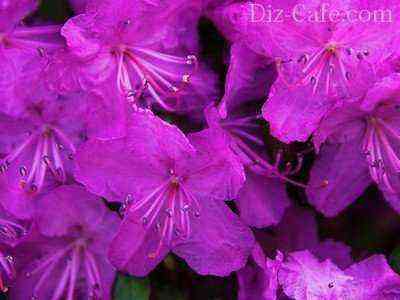
In nature, the Daurian rhododendron is found in the Far East and Altai, in Eastern Siberia and in the Sayan Mountains
The old branches of this shrub are twisted and gray in color, in contrast to the brown young shoots. Its crown is decorated with single lilac-pink flowers. They reach three centimeters in diameter. The wild rosemary blooms even before the leaves appear or simultaneously with their appearance. Its leaves have a strong odor.
This plant, unlike other shrubs of the species, loves the sun and can grow in arid areas. If there is not enough light, the flowering of the shrub will not be as lush. In culture, wild rosemary is common up to the Kola Peninsula. In folk medicine, this plant is prized for its arbutin, essential oils and tannins.
“White wing” of Tibet (Rh. Adamsii Rehd)
The Tibetan “White Wing” is often called a low, fragrant shrub – Adams’ rhododendron. It grows only up to 30-60 cm. Its thick-skinned leaves remain to winter on the branches. They have a pleasant aroma, smooth surface and a slight white bloom. Their back is covered with scales and has a grayish-brown color.

Thickets of Adams’ rhododendron are located on rocky mountain slopes, on rocks, in the tundra, and sometimes near the forest belt, in its upper part
The flowers of the plant are pale pink, cream or hot pink, but no purple tinge. They are collected from dense scutellum-shaped brushes located at the very tips of the branches. Adams’ rhododendron blooms in mid-June. Its flowering continues until the end of July. This plant loves lime-containing soil.
In nature, this shrub can be found in the Far East and Siberia. He prefers continental climates.
Golden Kashkara (Rh. Aureum Georgi)
Golden Kashkara is a creeping shrub up to 60 cm in height. Its leaves have a shiny leathery surface. Their tops are pointed, and the bases are wedge-like. They are attached to the branch with short petioles. The corolla of the flowers of this plant reaches 5 cm in diameter.
The shrub blooms in May-June, and bears fruit in July-August. Its flowers are in the shape of a wide bell, have elliptical lobes. They are collected in lush, umbrella-shaped inflorescences, and their color is really golden yellow.
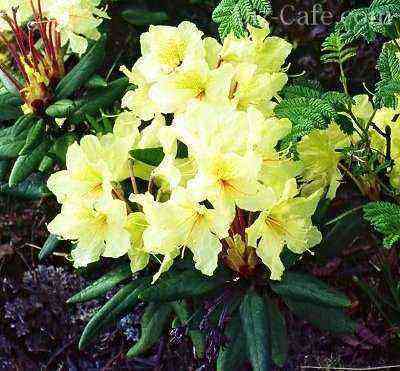
The shrub of golden kashkara grows on Sakhalin, Kamchatka and throughout the Far East, it can be found in the south of Yakutia, in Transbaikalia and in the Sayan Mountains, in Altai
Usually kashkara forms dense thickets near the upper border of the forest. It is located quite high – from 800 to 2000 meters above sea level in the subalpine and alpine zones. Since ancient times, golden kashkara has been used in folk medicine.
The selection of evergreen narrow-leaved rhododendrons is carried out by the Weston nursery (USA). This group unites the most unpretentious plants. Despite the modest conditions of their life, these shrubs are so beautiful that they are rightfully called alpine roses.
They grow slowly. In the most favorable conditions for themselves, their growth is no more than 6 cm, and in central Russia they grow no more than 3 cm, but they branch well. These rhododendrons look very beautiful, and there are even legends about their unpretentiousness.
One of them tells about a case when a rusty rhododendron bush lived and actively bloomed for more than thirty years. Perhaps this plant, which grew under the cover of a pine tree, would not have attracted attention if one day the old pine tree had not been cut down. The shrub continued to grow and bloom, despite the fact that the level of its lighting has changed significantly. But for adult plants this is a serious stress! Nevertheless, he endured this test with courage.
Decorative rusty rhododendron (Rh. Ferrugineum L.)
This shrub is notable for its low growth, only 70 cm, and a branched crown, which reaches 1 meter in diameter. It grows on the slopes of the Alps, in the Pyrenees and the Apennines. You need to look for it at an altitude of 1500-2800 meters above sea level. He prefers leached limestones.
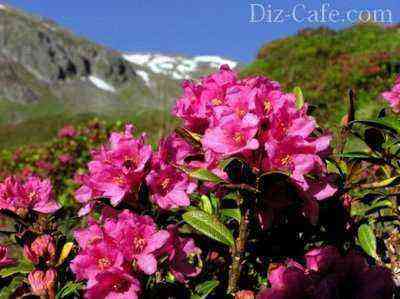
The crown of rusty rhododendron spreads, and its bark has a grayish-brown color. Above, its leathery ovoid leaves are dark green in color, while the underside of the leaf seems to be covered with rust.
This plant blooms in late June, later than other species. It blooms for about 30 days. The flower shape of this plant resembles a hyacinth. Its flowers make up 6-10 inflorescences in each. They are not too large, have a diameter of only 2 cm, but they attract with their bright red-pink colors. There are also white specimens.
The shrub tolerates frost well, is absolutely unpretentious and very decorative. It grows very slowly, growing by only 3 cm per year. It can also grow on calcareous soils, if they are covered with a hefty layer of humus, but prefers acidic ones. It is customary to grow it on alpine hills, and its group or even single plantings will become a decoration of the garden. It propagates by seeds, layering and by dividing the bush.
Stiff-haired and evergreen (Rh. Hirsutum)
Rhododendron harsh grows in the regions of the Eastern and Middle Alps and in the mountains that are located in the northwest of the former Yugoslavia. In open areas of mountainous terrain, it forms whole thickets.
Located at an altitude of about 1200-1500 meters above sea level, its shrubs enter the open woodlands. In nature, it often crosses with rusty rhododendron, forming an unpretentious hybrid.
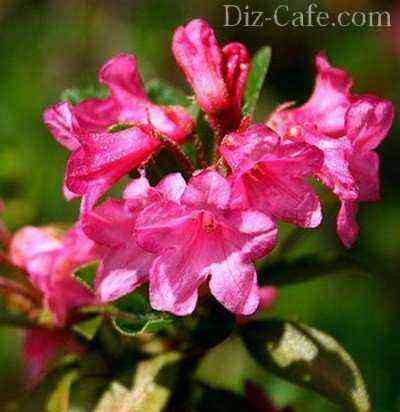
Young shoots of a slow-growing creeping bush of a hard-haired rhododendron have a reddish color, and with age they turn gray
This plant can be grown in central Russia, in the northern regions, in the Urals and Altai, as well as in the Far East. It is easy to recognize it by the “cilia” that are located along the edges of the leaves. This shrub loves light, grows on slightly alkaline soils and limestones, is afraid of excess moisture and is able to live up to 50 years.
This evergreen shrub blooms in June – July. Its flowers are odorless, pink or white, and bell-shaped. Each inflorescence contains from three to ten flowers. The flowers themselves are only up to 1,8 cm long, but their pedicels are almost twice as long.
All of these rhododendrons are native to China. In addition to small leaves, their distinctive feature is an annual growth of 1-3 cm and a looser crown. Experts believe that the reason for these differences is the specificity of solar activity in the growing region.
Attractive (Rh. Keleticum)
No wonder this rhododendron got the name attractive. In June, it blooms very beautifully for 18 days with large purple-violet flowers. This creeping shrub has a crown with a diameter of only 40 cm, and it reaches a height of 15 cm. It tolerates cold well and survives under the snow. This plant is afraid of only one thing – getting wet.
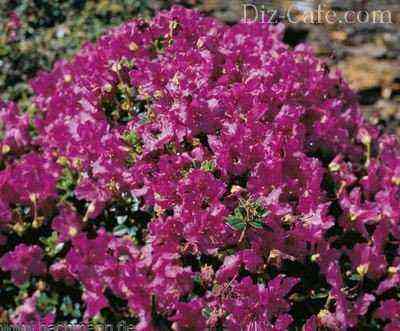
For the successful development of an attractive rhododendron, moist, but well-drained, slightly acidic soils are needed. For alpine slides, he is a real find
Group of dense rhododendrons (Rh. Impeditum)
The name dense rhododendron is a whole group of plants that grow into small bushes, resembling a dense pillow. After planting, this shrub comes to life and blooms with individual flowers, but, having already settled down in a new place, pleases its owners with abundant and long flowering.
This group of plants does not like getting wet, takes sun baths well and has different winter hardiness, depending on the variety.
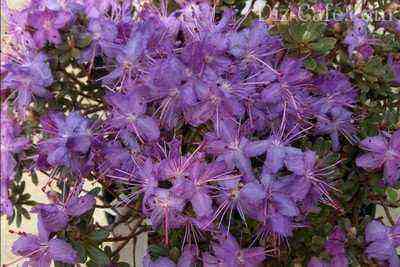
Specialists from Germany and the Czech Republic are actively involved in breeding dense rhododendrons. And the results of their work truly delight Russian gardeners.
Decorative blushing (Rh. Russatum)
The birthplace of the blushing rhododendron is the province of Yunnan (China). This plant also forms a pillow up to a meter high and 80 cm in diameter. This species is named reddening, most likely, due to the reddish-brown underside of its lanceolate leaves.
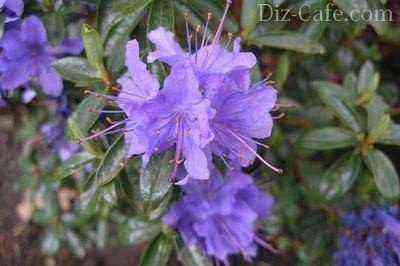
Rhododendron grows reddening on acidic, moist, but well-drained soils and will perfectly take root in rock gardens and gardens in Russia
The plant blooms in early May with dark purple flowers with a white throat. They do not smell and make up spectacular inflorescences of 4-5 flowers each. This slow-growing shrub loves sunlight and tolerates winter cold well.
These varieties have been known to breeders for over a hundred years. They feel good in the conditions of Russia and are common throughout the territory of our country. They are very decorative and enjoy well-deserved success with gardeners.
In this category, I would like to highlight Katevbin species (Rh. catawbiense)… This winter-hardy evergreen rhododendron is native to North America. Thanks to the Katevbin species, hybridization of rhododendrons began.
The bush of this plant can reach 4 meters in height. Sometimes it is no longer a shrub, but a whole six-meter tree with long leaves and large flowers up to 15 cm in diameter. During its flowering period, the plant is covered with amazing purple-purple flowers, similar to bells.
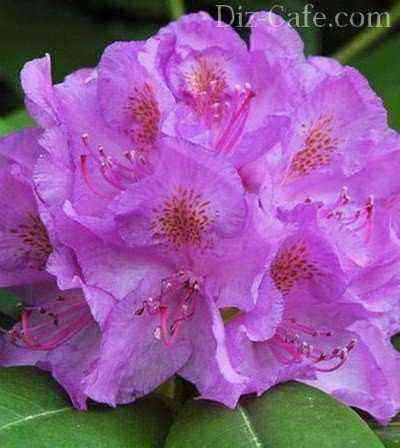
The Katevba rhododendron is widespread in the highlands of North Carolina, near the Katevba River. It got its name from the name of the river
This rhododendron tolerates shade well, but prefers richly lit terrain. It grows on acidic and slightly acidic rich soils that are well drained. It has been in cultivation since 1809, it is widely used in group and single plantings.
Rhododendrons are very diverse. There are many hybrid varieties, there are also rare species that need protection, since in nature they have become less and less common. But all these plants are united by one quality – they are invariably attractive, unpretentious and deserve the most attentive attitude towards themselves. And then they will become the most wonderful decoration of any garden.


